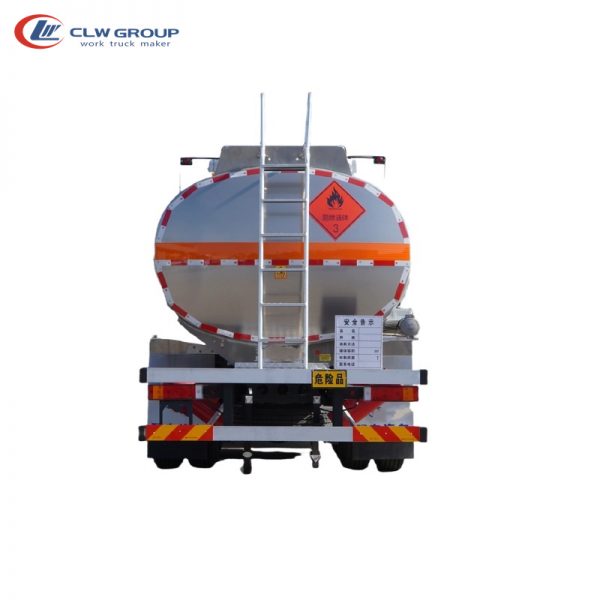Introduction
Truck mounted cranes are essential equipment used in various industries for lifting and moving heavy loads. These cranes are mounted on trucks, providing mobility and versatility for a wide range of applications. One of the crucial factors to consider when using a truck mounted crane is its loading capacity. Understanding the loading capacity of a crane is essential for ensuring both efficiency and safety in lifting operations. In this article, we will delve into the details of truck mounted crane loading capacity, its importance, factors affecting it, and how to maximize efficiency and safety when using these cranes.
Importance of Loading Capacity
Loading capacity refers to the maximum weight that a crane can lift safely. It is a critical factor that determines the crane's performance and safety during lifting operations. Exceeding the loading capacity of a crane can lead to equipment failure, accidents, and injuries. Therefore, understanding and adhering to the loading capacity limits of a truck mounted crane is essential to prevent accidents and ensure the efficient and safe operation of the equipment.
Factors Affecting Loading Capacity
Several factors influence the loading capacity of a truck mounted crane. Understanding these factors is crucial for operators and site managers to make informed decisions and ensure safe lifting operations. Some of the key factors affecting loading capacity include:
1. Crane Configuration: The design and configuration of the crane play a significant role in determining its loading capacity. Factors such as boom length, counterweight, and boom angle can affect the crane's lifting capacity.
2. Structural Integrity: The overall structural integrity of the crane, including the materials used, welding quality, and maintenance, can impact its loading capacity. Regular inspections and maintenance are essential to ensure the crane's structural integrity and safe operation.
3. Operating Conditions: Environmental factors such as wind speed, terrain, and temperature can affect the loading capacity of a crane. It is essential to consider these conditions when determining the safe lifting capacity of the crane.
4. Load Distribution: Proper load distribution is crucial for maximizing the crane's loading capacity. Unevenly distributed loads can strain the crane and reduce its lifting capacity. Operators must ensure that the load is evenly distributed and secured before lifting.
Maximizing Efficiency and Safety
To maximize efficiency and safety when using a truck mounted crane, operators and site managers should follow best practices and guidelines. Here are some tips to ensure efficient and safe lifting operations:

1. Know the Crane's Specifications: Familiarize yourself with the crane's specifications, including its loading capacity, boom length, and operating conditions. Understanding these specifications will help you make informed decisions during lifting operations.
2. Conduct Regular Inspections: Regular inspections of the crane's structural components, hydraulic systems, and safety devices are essential to ensure safe operation. Any signs of wear or damage should be addressed promptly to prevent accidents.
3. Follow https://www.worktruckmaker.com/truck-mounted-crane/ Rigging Practices: Proper rigging practices, including selecting the right slings, shackles, and attachments, are crucial for safe lifting operations. Ensure that the rigging equipment is in good condition and properly rated for the load being lifted.
4. Consider Environmental Factors: Take into account environmental factors such as wind speed, temperature, and terrain when determining the crane's loading capacity. Adjust the crane's operation accordingly to ensure safe lifting operations.
5. Use Load Charts: Refer to the crane's load charts provided by the manufacturer to determine the safe lifting capacity based on the crane's configuration and operating conditions. Avoid exceeding the crane's rated capacity to prevent accidents.
Conclusion
Loading capacity is a critical factor to consider when using a truck mounted crane for lifting operations. Understanding the factors affecting loading capacity and following best practices for efficient and safe operation are essential to prevent accidents and ensure the equipment's longevity. By adhering to loading capacity limits, conducting regular inspections, and following proper rigging practices, operators can maximize efficiency and safety when using truck mounted cranes. Always prioritize safety and adhere to manufacturer guidelines to ensure successful lifting operations.
